Kobayakawa Kiyoshi: Elegance in modern bijin-ga
Kobayakawa Kiyoshi (1899–1948) was a prominent artist of the Shin Hanga movement, known for his elegant and modern bijin-ga (pictures of beautiful women). Here is a short dossier on his life, art, and legacy.
 Eyes, Kobayakawa Kiyoshi. Source: Wikimedia Commonsꜛ (license: public domain)
Eyes, Kobayakawa Kiyoshi. Source: Wikimedia Commonsꜛ (license: public domain)
Biography
Kobayakawa Kiyoshi (小早川 清) was born on December 11, 1899, in Hakata, Fukuoka Prefecture, Japan. Just like many other artists of his time, he grew up during a time of significant social and cultural transformation in Japan, as the country was moving rapidly toward modernization while still grappling with the preservation of its traditional culture. This environment would later influence his work as an artist, particularly his focus on bijin-ga (pictures of beautiful women), which became a defining feature of his career.
Kiyoshi showed an early interest in art and moved to Tokyo to pursue formal training. He studied under the guidance of renowned artists in both Nihonga (traditional Japanese painting) and Western painting techniques. This dual influence of traditional and modern styles would later be reflected in his work, allowing him to create bijin-ga that were both rooted in classical Japanese aesthetics and infused with a contemporary sensibility.
In the early 1920s, Kiyoshi became involved with the Shin Hanga movement, spearheaded by the publisher Watanabe Shōzaburō. Although he was initially trained as a painter, Kiyoshi quickly gained recognition for his work in woodblock printing, particularly for his innovative and modern approach to depicting women. His prints were highly popular during his lifetime, both in Japan and internationally, contributing significantly to the global success of the Shin Hanga movement.
Kobayakawa Kiyoshi passed away on September 6, 1948, at the relatively young age of 48. Despite his short life, he left a lasting legacy as one of the key figures in the Shin Hanga movement, particularly for his contributions to the genre of bijin-ga.
Artistic style and significance
Kobayakawa Kiyoshi is best known for his elegant and modern bijin-ga, which depict women with a sense of sophistication and grace that was both timeless and contemporary. His work is characterized by a refined sense of line, a delicate use of color, and a keen attention to the nuances of fashion and style.
Modern bijin-ga: Blending tradition and contemporary fashion
Kiyoshi’s bijin-ga prints are celebrated for their ability to capture the essence of modern Japanese beauty while still paying homage to traditional ideals. His depictions of women often reflect the changing fashions and social dynamics of early 20th-century Japan, making his work a fascinating blend of tradition and modernity.
Unlike the more idealized and sometimes distant figures of earlier ukiyo-e bijin-ga, Kiyoshi’s women are often portrayed with a sense of individuality and personality. His prints depict women in both traditional and modern attire, often highlighting the contrast between the two. This approach allowed Kiyoshi to explore the evolving role of women in Japanese society, as they navigated the complexities of modern life while still being influenced by traditional values.
Kiyoshi’s attention to fashion is particularly noteworthy. He meticulously depicted the patterns and textures of kimono fabrics, as well as the styles of Western clothing that were becoming increasingly popular in Japan. His prints often include accessories such as fans, parasols, and hairstyles that reflect the latest trends, making his work not only beautiful but also culturally and historically significant.
Mastery of line and color
One of the defining characteristics of Kiyoshi’s work is his mastery of line and color. His prints are noted for their clean, elegant lines that define the contours of his subjects with precision and grace. These lines are often accompanied by soft, muted colors that enhance the delicate beauty of the women he portrayed.
Kiyoshi’s use of color is subtle and sophisticated, with a focus on creating harmony and balance within the composition. He often employed a limited color palette, allowing the viewer’s attention to be drawn to the intricate details of the clothing and the expressions of the women. This restrained use of color, combined with his impeccable sense of line, gives Kiyoshi’s prints a sense of refinement and elegance that is uniquely his own.
Exploration of modern themes
In addition to his focus on fashion and beauty, Kiyoshi’s work also explored modern themes that were relevant to his time. His prints often reflect the changing roles of women in Japanese society, as they began to engage more actively in public life and adopt new social roles. Kiyoshi’s bijin-ga are not just depictions of physical beauty; they also capture the spirit of modernity and the complexities of the changing social landscape.
Kiyoshi’s ability to blend traditional aesthetics with contemporary themes made his work highly relevant to both his contemporaries and future generations. His prints are seen as a bridge between the classical world of ukiyo-e and the modern world of Shin Hanga, making him a pivotal figure in the evolution of Japanese art.
Impact and legacy
Kobayakawa Kiyoshi’s contribution to the Shin Hanga movement was significant, particularly in the genre of bijin-ga. His prints helped to redefine the depiction of women in Japanese art, making them more reflective of contemporary society while still honoring traditional ideals of beauty and elegance.
Kiyoshi’s work remains highly valued by collectors and continues to be celebrated for its beauty, craftsmanship, and the subtle way it captures the essence of modern Japanese femininity. His influence can be seen in the work of later artists who sought to explore the evolving role of women in society through art.
Notable works
Throughout his career, Kobayakawa Kiyoshi produced several notable prints that are considered masterpieces of the Shin Hanga movement. Here are some of his most famous works:


Left: Back, Kobayakawa Kiyoshi, 1936. Source: Wikimedia Commonsꜛ (license: public domain) – Right: Keshō, Kobayakawa Kiyoshi, 1930. Source: Wikimedia Commonsꜛ (license: public domain)

Tipsy, Kobayakawa Kiyoshi, 1930. Source: Wikimedia Commonsꜛ (license: public domain)
 Okichi of Shimoda, Kobayakawa Kiyoshi, 1930. Source: Wikimedia Commonsꜛ (license: public domain)
Okichi of Shimoda, Kobayakawa Kiyoshi, 1930. Source: Wikimedia Commonsꜛ (license: public domain)


Left: Seishun, Kobayakawa Kiyoshi. Source: Wikimedia Commonsꜛ (license: public domain) – Right: Tsume, Natori Shunsen. Source: Wikimedia Commonsꜛ (license: public domain)
Conclusion
Kobayakawa Kiyoshi is remembered as one of the most significant artists of the Shin Hanga movement, particularly for his contributions to the genre of bijin-ga. His ability to blend traditional Japanese aesthetics with modern themes and his keen attention to fashion and detail made his work both relevant and timeless. Kiyoshi’s prints continue to be celebrated for their beauty, craftsmanship, and the way they capture the elegance and complexity of modern Japanese women. His legacy as a master of bijin-ga ensures that his work remains an important part of Japan’s artistic heritage.
References and further reading
- Chris Uhlenbeck, Jim Dwinger, Philo Ouweleen, Shin Hanga - Die »Neuen Drucke« Japans 1900-1950, 2022, Hatje Cantz, ISBN: 9783775752190
- viewingjapaneseprints.netꜛ
- Kobayakawa Kiyoshi on ukiyo-e.orgꜛ

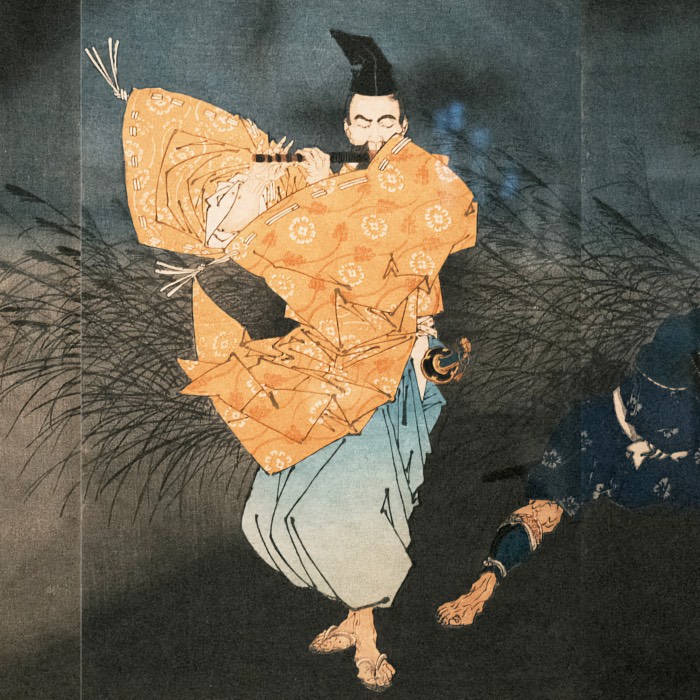
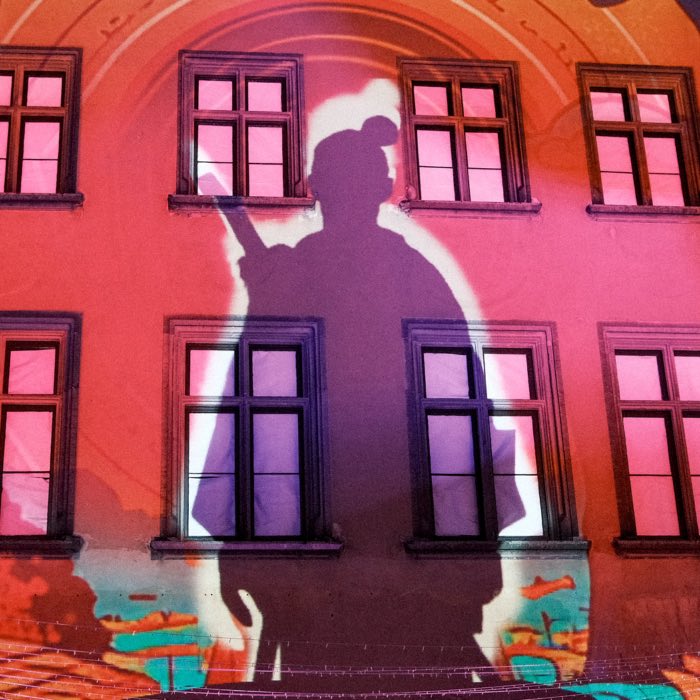
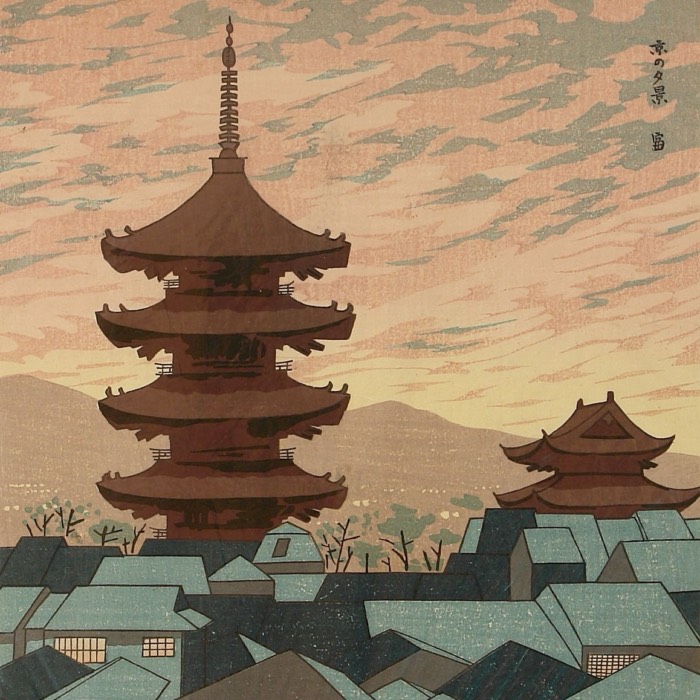

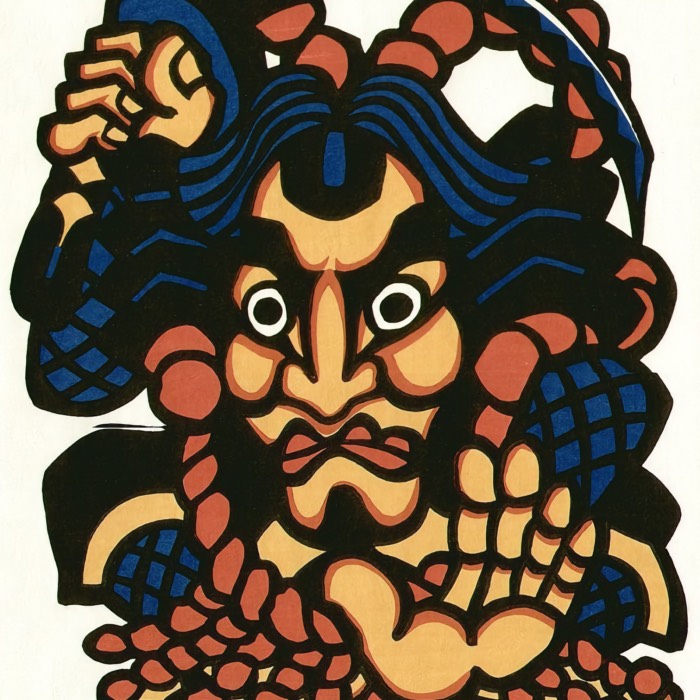
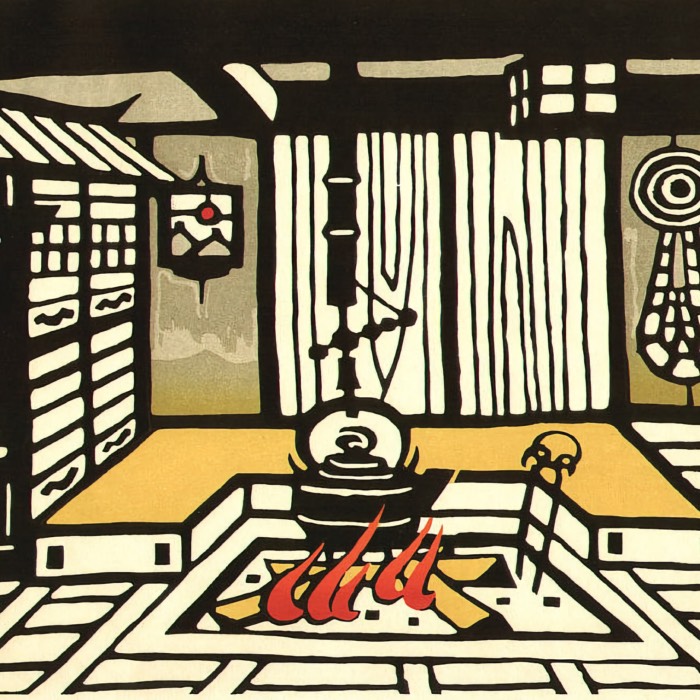
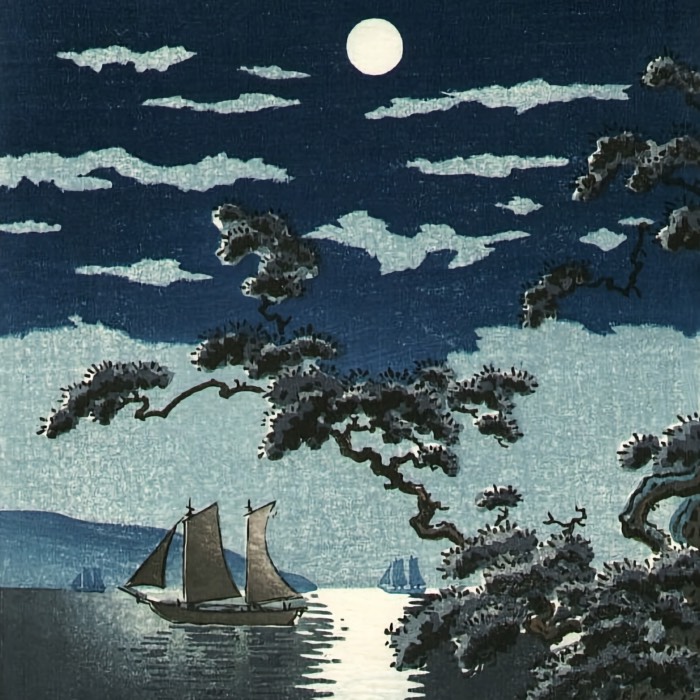
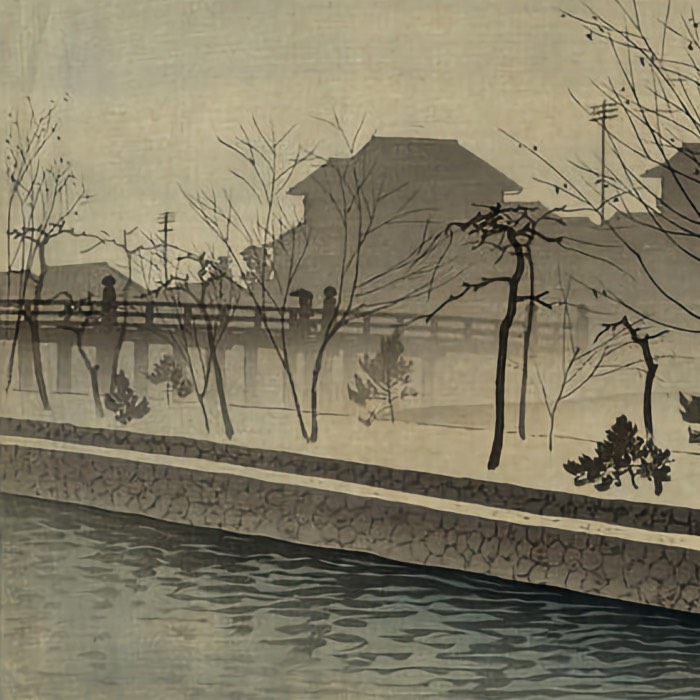
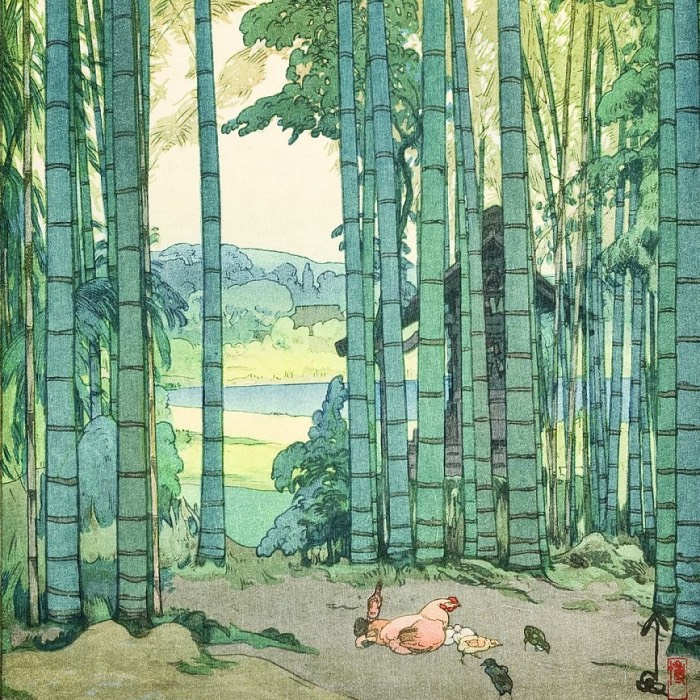
comments